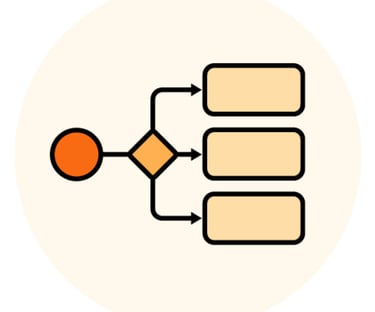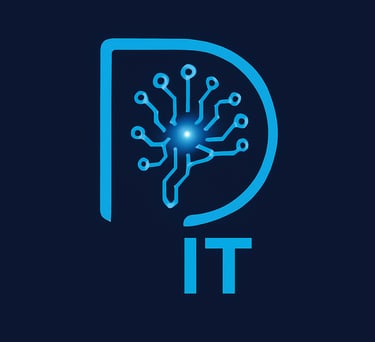
Business Analysis for Software Development Projects: Essential Concepts
In the realm of software development, effective business analysis is the backbone of successful project execution.
Whether you are automating processes, developing new software, or improving existing systems, the right business analysis approach can make all the difference. This blog post will guide you through the essential concepts, including discovery workshops, documentation, and analysis techniques, that you should use in your projects.
Why Business Analysis is Crucial for Software Development
Business analysis is the process of identifying business needs and determining solutions to business problems.
In software development, this means understanding the client’s needs, defining requirements, and ensuring that the final product aligns with business goals. A strong business analysis process reduces project risks, improves stakeholder satisfaction, and ensures that the project is delivered on time and within budget.
Why BPMN Is a Game-Changer for Your Business
1. Discovery Workshops
Discovery workshops are collaborative sessions where stakeholders, including business users, subject matter experts, and technical teams, come together to explore project goals, requirements, and challenges. These workshops are essential for:
Identifying key business problems.
Defining project scope.
Understanding stakeholder needs.
Building a shared vision.
Key Business Analysis Concepts

2. Requirement Elicitation Techniques
Various techniques can be used for gathering requirements, including:
Interviews with stakeholders.
Surveys and questionnaires.
Use cases and user stories.
Observation of current processes.
Document analysis.


3. Documentation and Requirement Management
Proper documentation is critical for maintaining clarity and accountability throughout the project lifecycle. Key documents include:
Business Requirement Document (BRD).
Functional Requirement Document (FRD).
User Stories and Acceptance Criteria.
Process Flow Diagrams.
User Manuals.


4. Process Analysis and Optimization
Business analysts should also focus on understanding existing processes and identifying opportunities for optimization. Techniques include:
Process Mapping.
Value Stream Mapping.
Gap Analysis.


5. Stakeholder Management
Effective communication with stakeholders is crucial. This involves:
Identifying stakeholders.
Analyzing their influence and interests.
Engaging them at appropriate stages.


6. Change Management
Software projects often involve change. Business analysts should be prepared to manage change by:
Defining a change management process.
Communicating changes to stakeholders.
Updating documentation accordingly.


Best Practices for Effective Business Analysis in Software Development
Engage stakeholders early and often.
Maintain clear and consistent documentation.
Use appropriate analysis techniques for each project.
Continuously validate requirements with stakeholders.
Be adaptable to changing project needs.
Business analysis is a critical component of successful software development projects, especially those involving process automation. By leveraging discovery workshops, effective documentation, and other core concepts, you can ensure that your projects are well-defined, on track, and deliver maximum value to your stakeholders. Prioritize these business analysis practices, and you will see improved project outcomes and stakeholder satisfaction.
Conclusion




